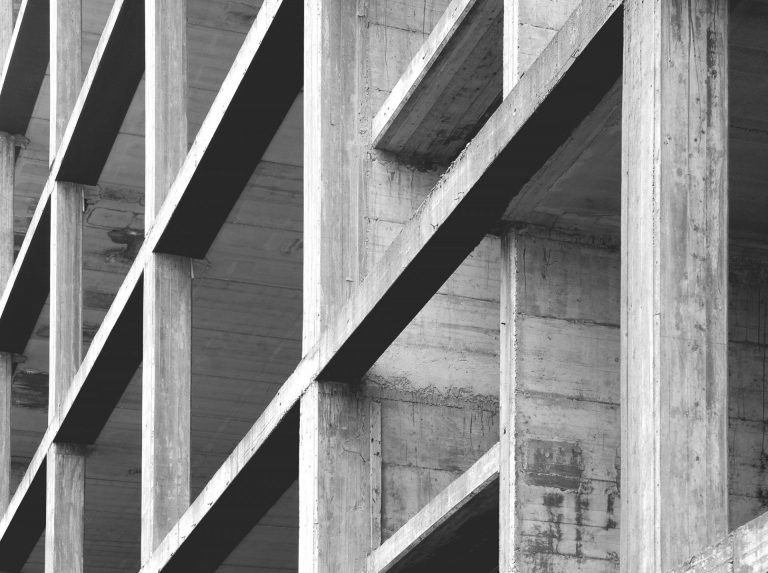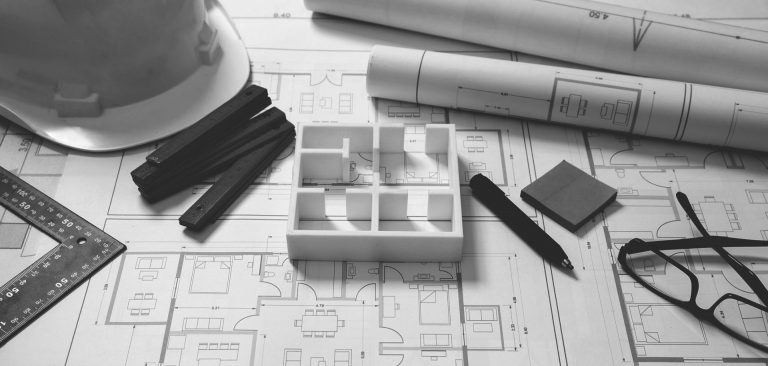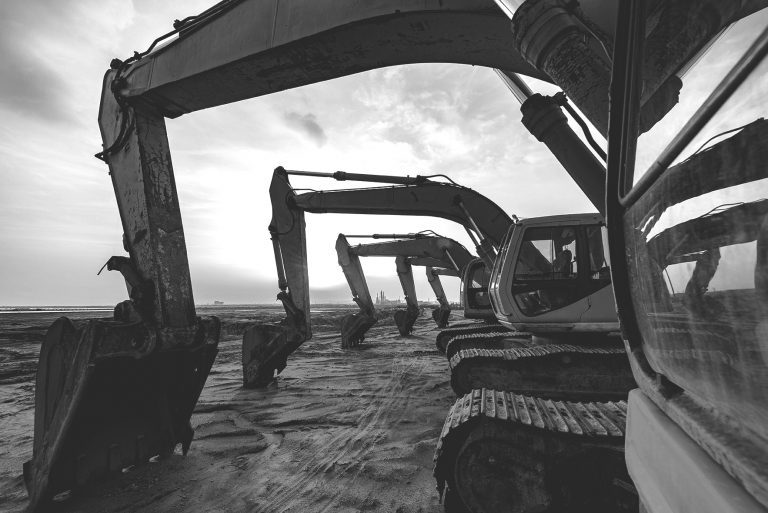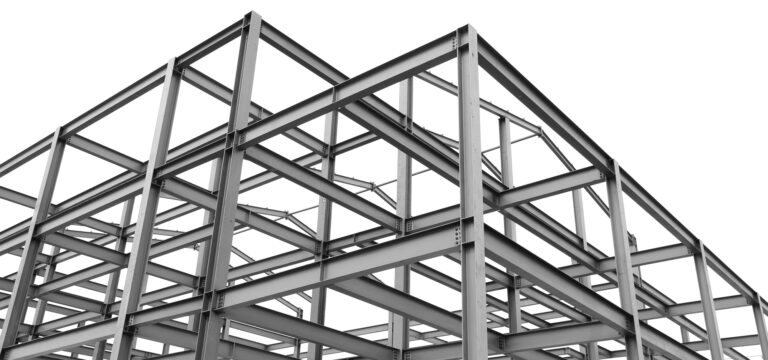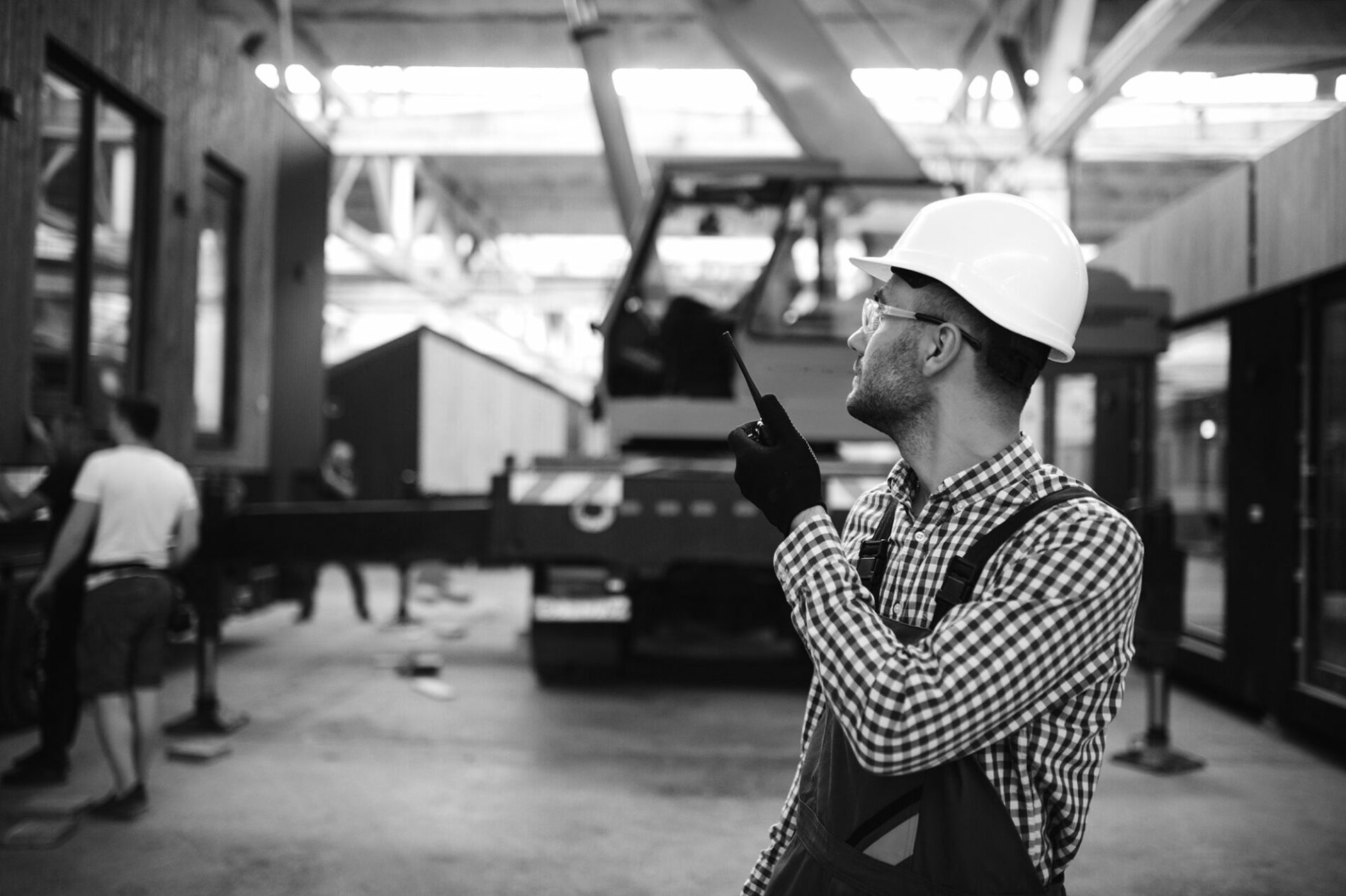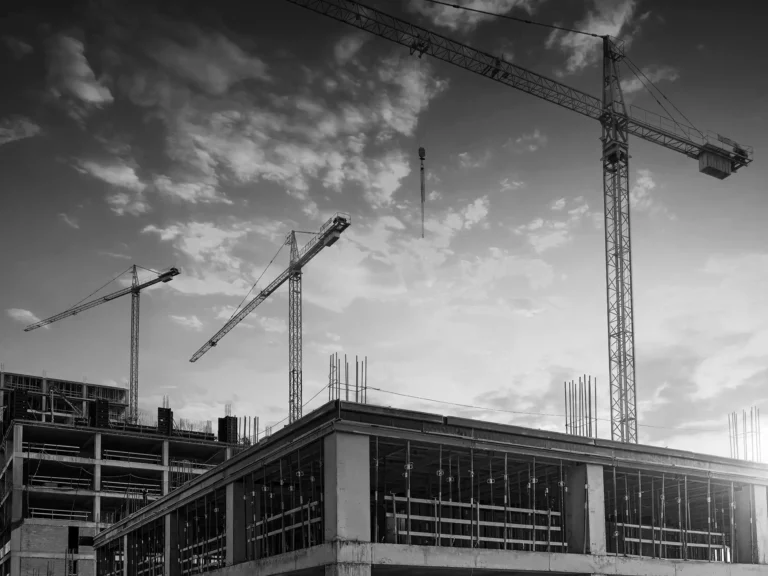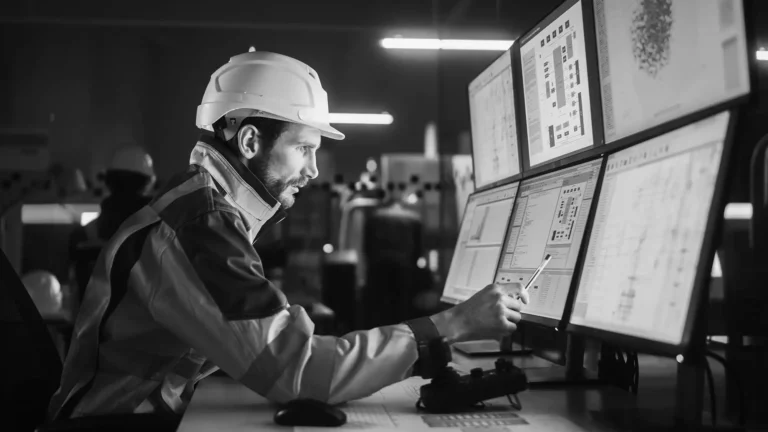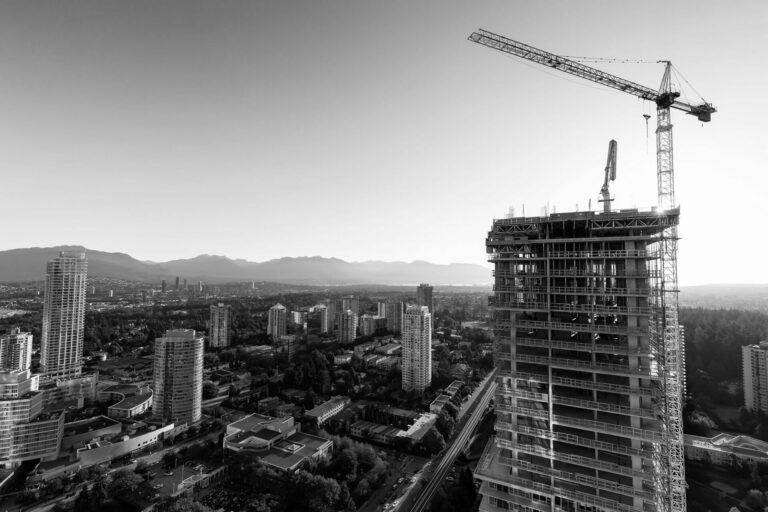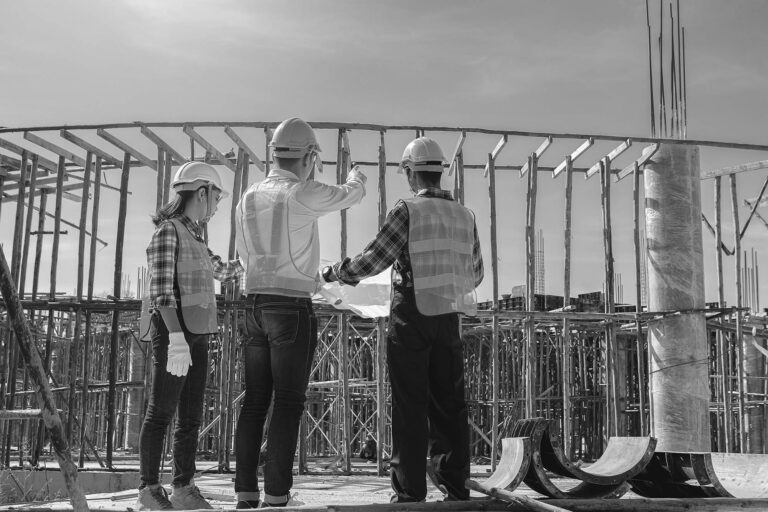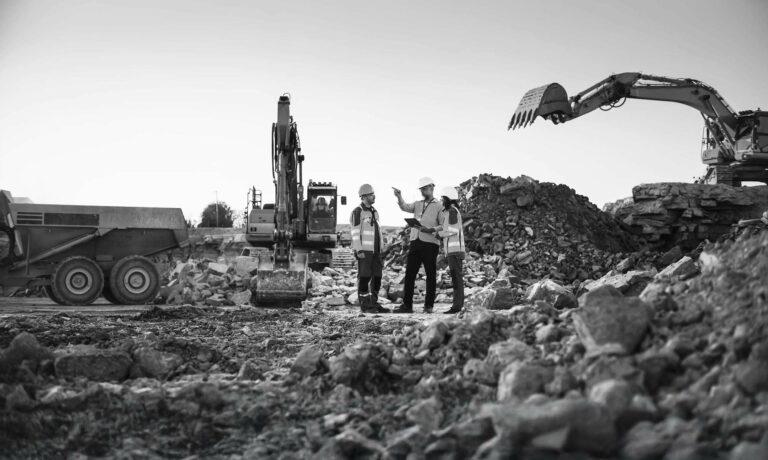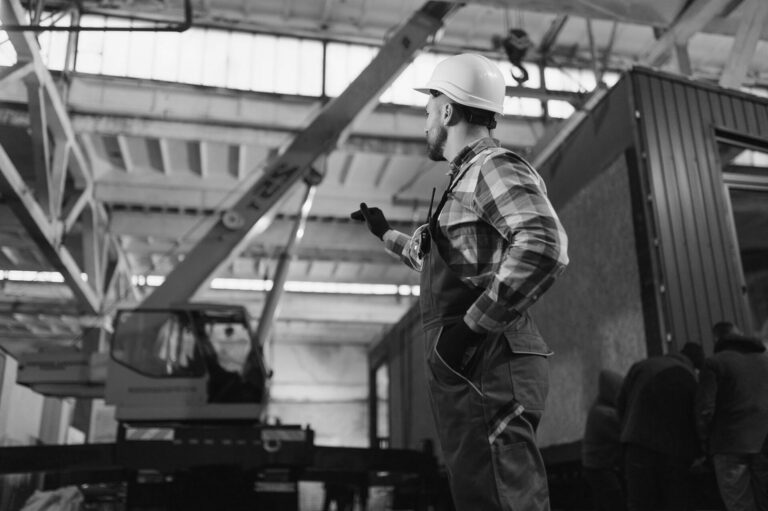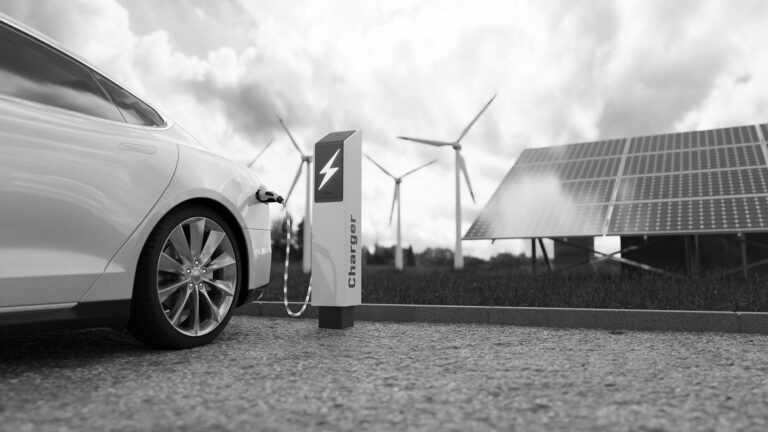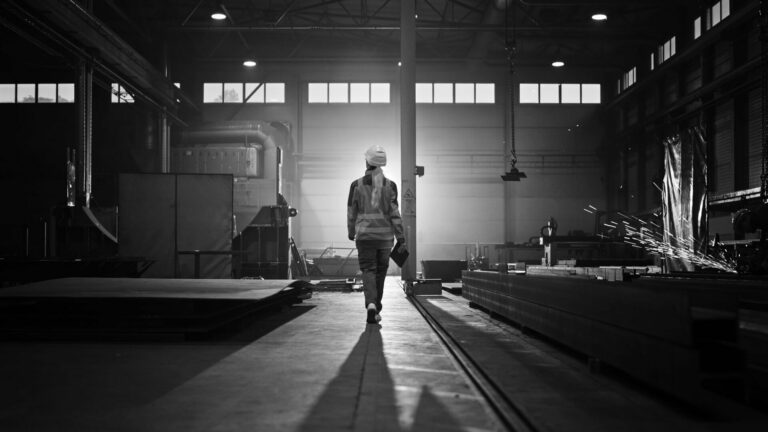The construction landscape in North America is evolving, driven by groundbreaking innovations that are reshaping the way we build, inhabit, and sustain the spaces we call home. As cities expand, populations increase, and environmental concerns grow, new technologies such as modular construction, 3D printing, and sustainable materials like hempcrete are stepping in to address the urgent demands for more housing, faster construction timelines, and a greener future. These advancements are not only responding to the rising demand but are also setting the stage for a more efficient, sustainable, and cost-effective construction industry.
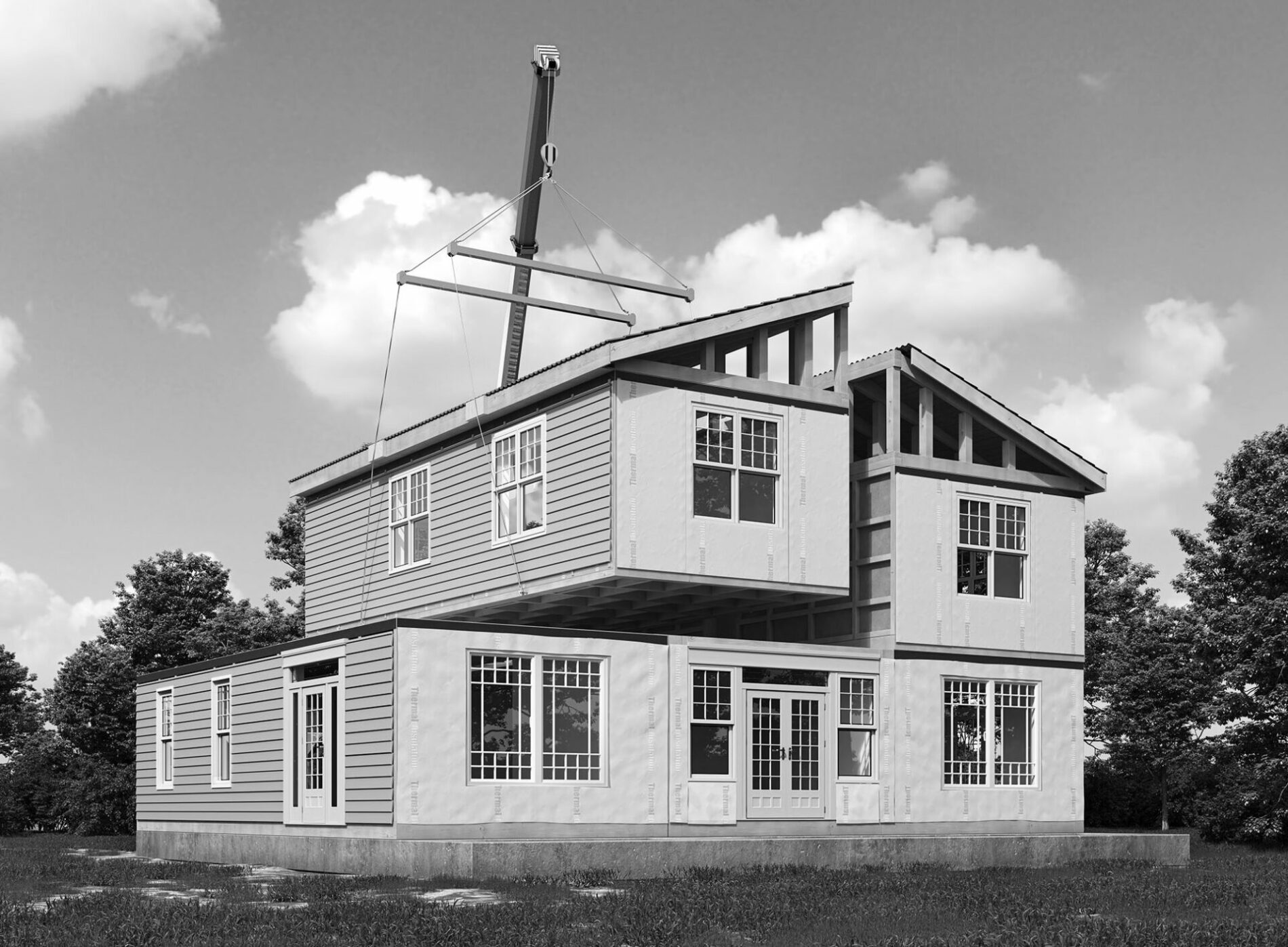
Among the most promising of these innovations is modular construction, a method that is quickly gaining traction due to its ability to streamline building processes and reduce on-site labor. Unlike traditional construction, which relies on sequential assembly on-site, modular construction fabricates building sections in a controlled environment and then transports them to the final location. This approach offers several benefits, including better quality control, reduced waste, and a significantly faster construction timeline. One standout example of modular construction in action is the Athens Medical Campus in Ohio, developed by Memorial Health System in collaboration with MODLOGIC Inc.
The 100,000-square-foot Athens Medical Campus features an emergency department, outpatient services, and specialty care facilities, all constructed using modular techniques. By leveraging this approach, the project was completed in just one calendar year—a timeline that would have been unimaginable with traditional construction methods. The speed of modular construction is not limited to healthcare projects alone. Residential, commercial, and educational projects are also reaping the benefits of this technology, with many projects seeing reduced delays due to weather or material shortages.
Matthew Zawadzki, project manager at Construction Ahead, USA, emphasized the importance of coordination in modular projects: “With this particular project, we started out with a mockup wall. The mockup wall is important; not just for showing the architect and the owner what their project may look like, but it also allows for problem solving in areas that may have been overlooked during the design process.” This attention to detail and thorough planning highlights the potential for modular construction to deliver projects quickly without sacrificing quality, making it a compelling option for developers striving to meet the growing demand for housing and infrastructure.
The residential construction sector is also being transformed by the integration of 3D printing technology. This emerging method allows for rapid construction by layering materials such as concrete into pre-designed molds, cutting down on manual labor and reducing material waste. The adoption of 3D printing is gaining momentum due to its ability to reduce costs, minimize waste, and address ongoing labor shortages. One of the most significant breakthroughs in this space came from nidus3D, a Canadian company that completed North America’s first three-story 3D-printed house near Toronto.
This groundbreaking project, a 4,500-square-foot home complete with a 3D-printed basement, marks a major milestone for construction technology. Hugh Roberts, co-founder of nidus3D, proudly stated: “This project demonstrates what can be accomplished by combining nidus3D’s industry-leading expertise and engineering with world-class 3D printing technology.” The project exemplifies the potential of 3D printing to revolutionize the construction industry by producing complex, customized structures in record time, all while reducing waste and lowering costs.
While the potential for 3D printing to provide affordable housing is immense, the technology is also beginning to make waves in the luxury housing market. In Marfa, Texas, hotelier Liz Lambert is redeveloping her El Cosmico glamping site into a 3D-printed hotel and private residences. The “Sunday Homes,” designed by the renowned BIG-Bjarke Ingalls Group and constructed by Austin-based 3D printing company ICON, are among the first high-end residential projects to utilize 3D printing technology. These homes, which range from 2,000 to 2,500 square feet, are priced starting at $2.29 million. This ambitious project demonstrates that 3D printing is not just a tool for affordable housing but a legitimate option for high-end architectural design as well.
The design possibilities offered by 3D printing are vast, with the ability to produce organic shapes and intricate forms that would be costly or impossible to achieve using traditional construction methods. This technology is poised to open up new avenues for creative and efficient building solutions that can meet the demands of both the luxury and affordable housing markets.
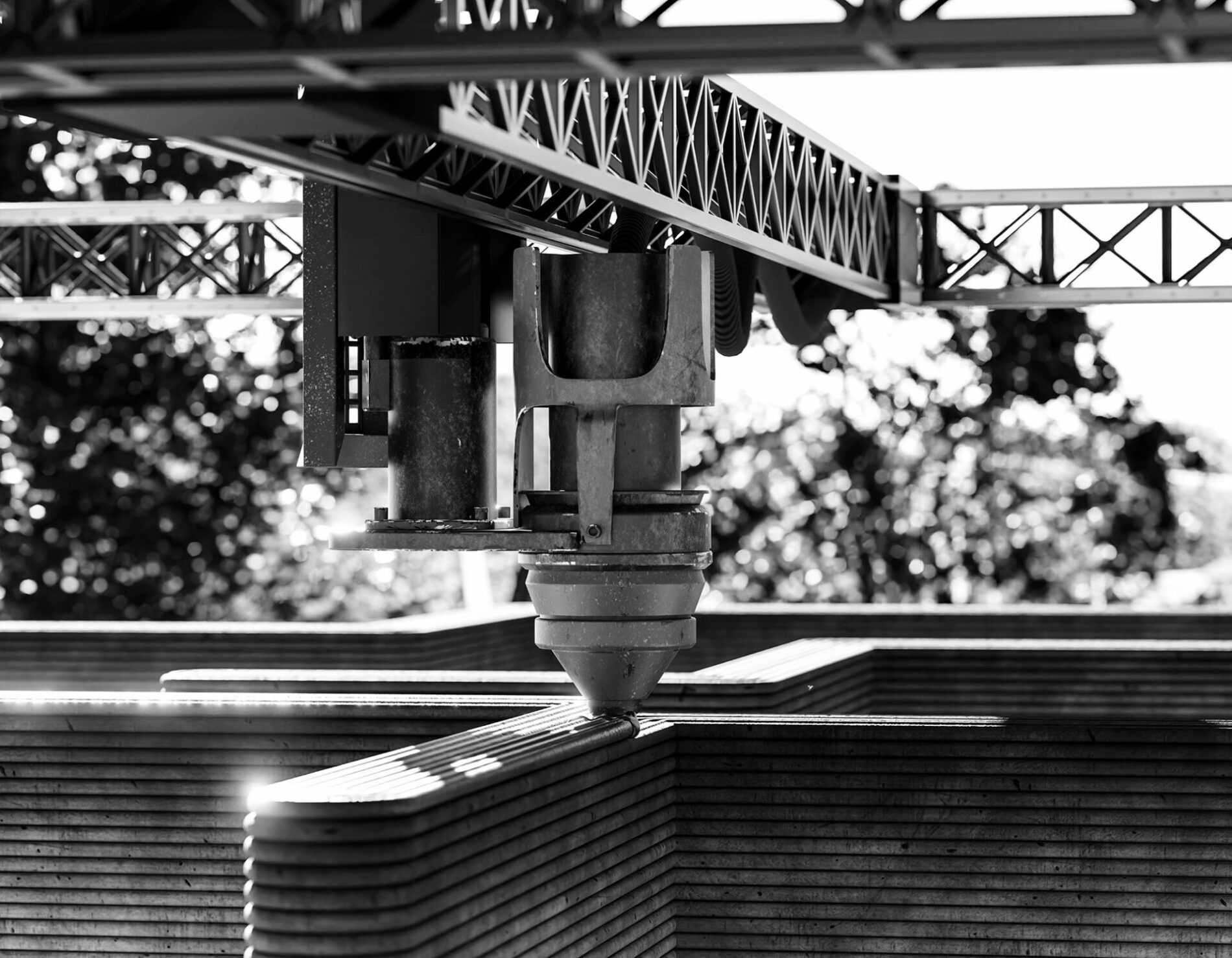
As sustainability continues to take center stage in the construction industry, hempcrete is emerging as a promising material that offers a range of environmental benefits. Hempcrete is a bio-composite material made from hemp fibers, lime, and water, known for its excellent insulation properties, moisture regulation, and fire resistance. What makes hempcrete especially appealing is its ability to sequester carbon dioxide throughout its lifecycle, making it one of the most sustainable building materials available.
Architect Michael Leung, who turned to hempcrete after losing a family member to asbestos exposure, has been a vocal advocate for the material’s benefits. His firm, Balanced Earth Architects, now specializes in hempcrete projects, and Leung is pushing for broader adoption of this sustainable building material. He explained: “Hempcrete is praised for its insulation, moisture regulation, and elimination of landfill waste, as it can be reused if demolished.” These attributes make hempcrete an appealing alternative to conventional building materials like concrete and brick.
A notable example of hempcrete’s potential is the Powerhouse Place project, developed by Public Realm Lab. This award-winning project repurposed existing structures using hemp masonry, highlighting the material’s adaptability, aesthetic appeal, and long-term sustainability. While hempcrete is still relatively underutilized in comparison to other building materials, its growing popularity and the increasing focus on carbon-neutral construction are expected to drive wider adoption in both residential and commercial projects.
However, hempcrete faces some challenges to mainstream adoption, primarily related to regulatory approval and standardization. Many regions still lack the necessary codes and processes to approve its widespread use, but as more successful case studies emerge, hempcrete is likely to become a more viable and mainstream building material in the near future.
Governments worldwide are starting to recognize the importance of innovative construction methods to address housing shortages. For instance, the Australian government has committed $54 million to support prefabricated and modular home construction initiatives as part of the National Housing Accord, with the goal of constructing 1.2 million homes by 2029. While this investment is a step in the right direction, some experts believe that it is not enough to tackle the scope of the housing crisis.
Jocelyn Martin of the Housing Industry Association voiced concerns about the government’s efforts, saying: “The budget measures are insufficient to address the deep-rooted housing crisis.” Furthermore, some policies that aim to regulate the housing market may unintentionally exacerbate the problem. Nerida Conisbee of Ray White pointed out: “While prefabrication is a step forward, the ban on foreign buyers could potentially exacerbate housing shortages by reducing development funding.” These insights highlight the complexity of addressing housing shortages and emphasize the need for a balanced approach that incorporates innovative construction methods alongside supportive policies that foster growth.
Despite the numerous advantages of these modern construction methods, challenges remain in scaling them to meet widespread demand. For example, while 3D printing offers immense potential, the high cost of equipment, regulatory hurdles, and logistical challenges present significant obstacles. In urban environments, the space limitations for large-scale 3D printing equipment can further complicate the adoption of this technology.
Professor Hank Haeusler of the University of New South Wales noted the stagnation in construction productivity: “The construction industry has stagnated in productivity since the 1990s, and compared it to the rapid advancements in the automotive industry.” This comparison underscores the need for continued investment in research and development to refine these technologies and enable their smoother integration into the mainstream construction sector.
The future of construction in North America is being shaped by innovations in modular construction, 3D printing, and sustainable materials like hempcrete. These advancements provide real solutions to the pressing challenges of housing shortages, environmental sustainability, and construction efficiency. Case studies such as the Athens Medical Campus, nidus3D’s three-story house, and the El Cosmico redevelopment demonstrate that these technologies are not just theoretical concepts—they are already making a tangible impact on the industry.
However, to fully realize the potential of these innovations, continued investment in research, development, and supportive policies is essential. Governments, industry leaders, and developers must collaborate to overcome regulatory hurdles, address financing challenges, and create an environment that fosters the widespread adoption of these groundbreaking building techniques. By embracing these advances, the construction industry is paving the way for a future where high-quality, sustainable, and cost-effective buildings can be delivered faster than ever before.


